Breadcrumb
Militia disarmament includes 'all of Lebanon' in ceasefire deal: Trump Mideast adviser
The ceasefire deal between Israel and Hezbollah stipulates disarming all militias in Lebanon and includes the whole country, not only the south, Trump’s Middle East adviser has told a French magazine.
Massad Boulos, recently picked by US President-elect Donald Trump to be his adviser on Middle East and Arab affairs, said there was initially a "misunderstanding" regarding the agreement and what it included.
"Some thought the document only related to the area located south of the Litani River, but this is not true," he told Le Point, stressing that the deal includes the entire country and "addresses the issue of disarming all…militias and paramilitary groups."
"The text is very clear in implementing United Nations resolutions, whether Resolution 1701 or 1559."
The ceasefire deal is in line with UN Security Council Resolution 1701, adopted to end the 2006 war but never enforced. UN Resolution 1559 was adopted in 2004.
Both call for the disarmament of all militias in Lebanon, but Hezbollah has opposed this for a long time, arguing that its arsenal was necessary to defend Lebanon against Israel, and that it was not a militia.
Some pro-Hezbollah analysts have argued that the deal does not explicitly mention UNSCR 1559 and that the disarmament of Hezbollah is only relevant to the south of the Litani.
Hezbollah's opponents in Lebanon say it must fully disarm and hand powers over to legitimate state authorities.
Boulos said that the disarmament process could take months or more and "starts from south of the Litani" but is not only limited to that area.
There had been questions over what will happen to Hezbollah’s arsenal north of the Litani and elsewhere in Lebanon. As well as in the south, the group has strongholds in the country’s eastern Beqaa region and Beirut’s southern suburbs.
Boulos said what remains of Hezbollah’s strategic arms and installations not destroyed during the war will be the responsibility of the Lebanese state to get rid of.
Many in Lebanon remain sceptical over whether the Lebanese military, still underfunded and underequipped, is capable of implementing the agreement. Several Western and Arab states have voiced readiness to assist the army to carry out its duties.
Thousands of Lebanese soldiers are expected to deploy in southern Lebanon and along the country’s porous border with Syria to monitor crossings and prevent the flow of arms to Hezbollah.
Boulos said unlike after the 2006 war, the ceasefire agreement has a mechanism to ensure its full implementation.
"The US and France play a pivotal role in ensuring that all details are implemented on the ground," he said. A US-led monitoring committee including France, Israel, Lebanon and a UN representative should oversee the implementation of the ceasefire.
When asked about continued Israeli violations in southern Lebanon, Boulos said the 60-day period given to implement the deal – Hezbollah’s pullout, deployment of the Lebanese army, gradual withdrawal of Israeli forces – was a "testing period…and the [agreement’s] text mentions the right of each side to defend itself."
![Analysts suggest Hezbollah may have more tricks up its sleeve [Getty]](/sites/default/files/styles/image_345x195/public/2024-06/GettyImages-1256726515.jpg?h=199d8c1f&itok=OrHq9n3U)
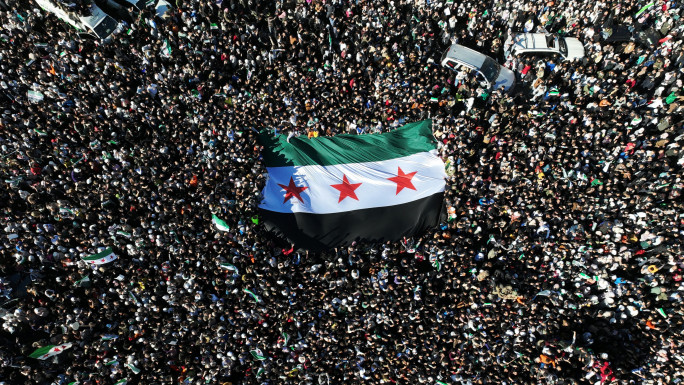
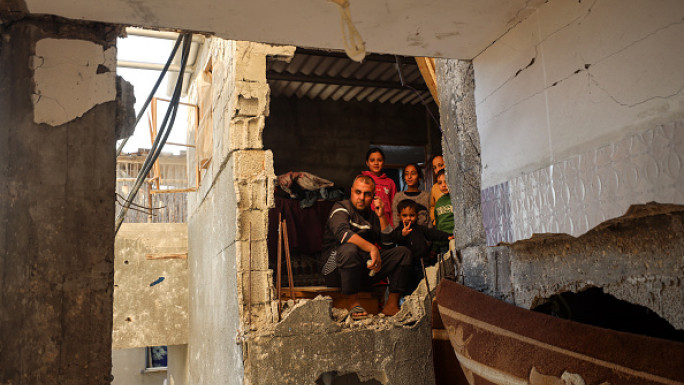
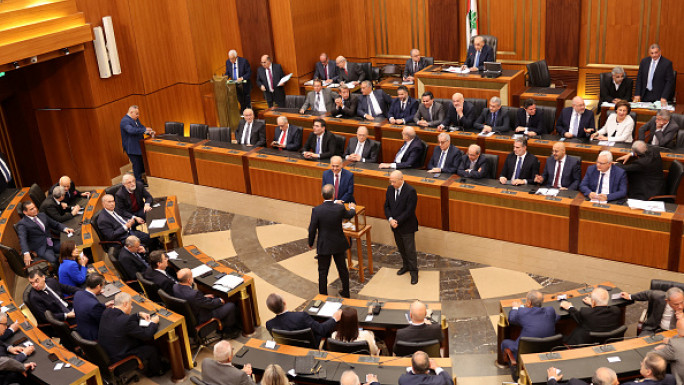
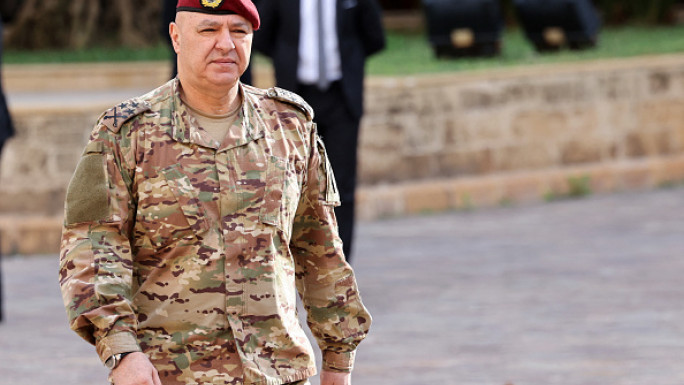
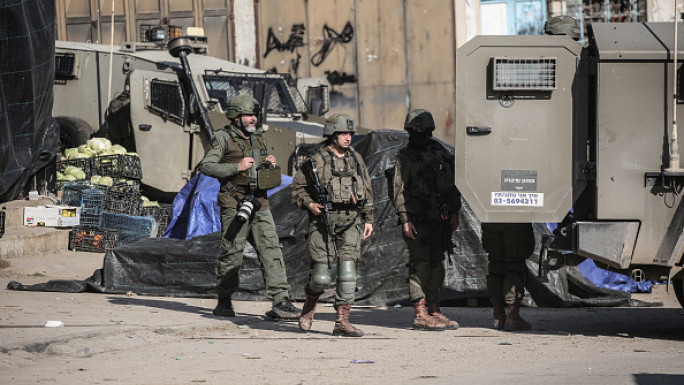
![Anthony Blinken speech [Getty] Anthony Blinken speech [Getty]](/sites/default/files/styles/image_684x385/public/media/images/6263436E-8ACD-4D3C-9055-25A7BE79DD5A.jpg?h=d1cb525d&itok=fLHmHCRG)
 Follow the Middle East's top stories in English at The New Arab on Google News
Follow the Middle East's top stories in English at The New Arab on Google News
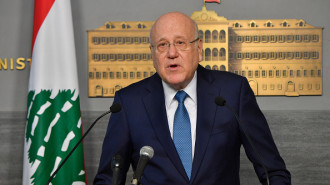
![Paula Yacoubian was verbally attacked by Salim Aoun during a parliamentary session [Getty]](/sites/default/files/styles/image_330x185/public/1150162486.jpeg?h=b9615360&itok=xysBxMUJ)
![A UK watchdog claimed they received complaints about ads featured on the London Underground by UK company Wahed [Getty]](/sites/default/files/styles/image_330x185/public/2191229908.jpeg?h=38d368d7&itok=MjV-Rlf1)